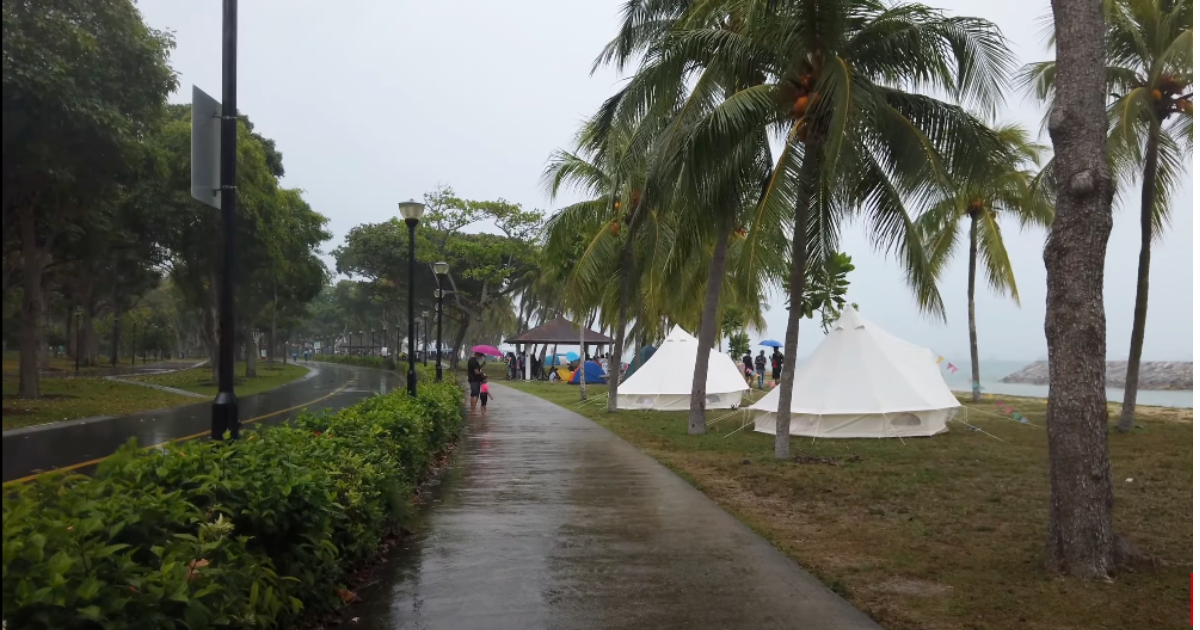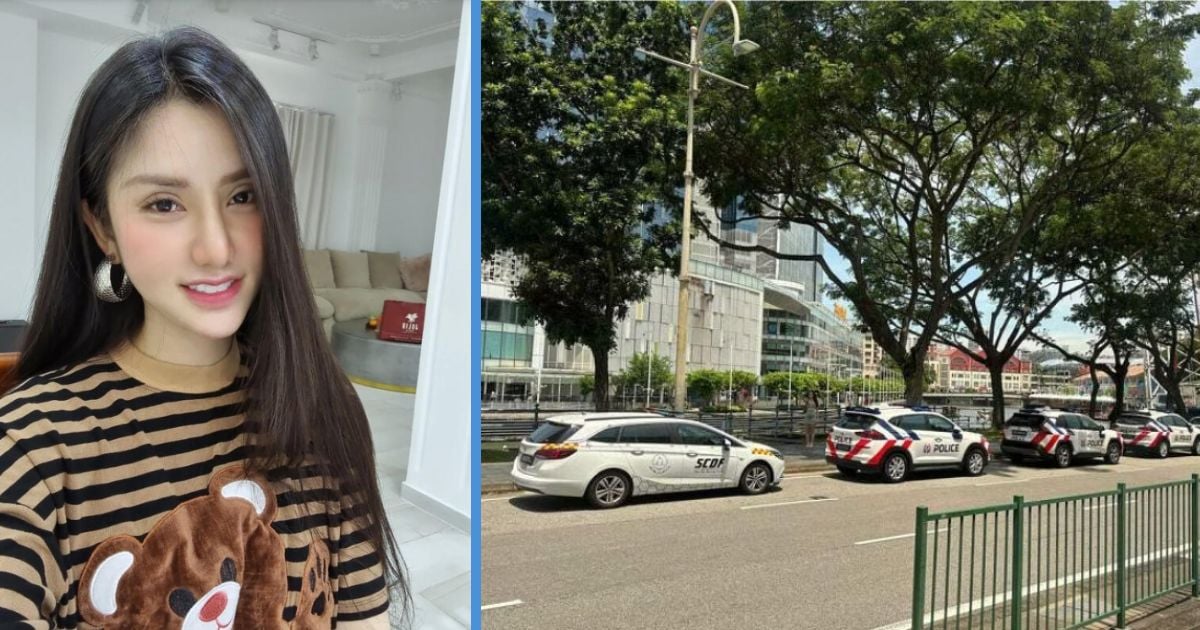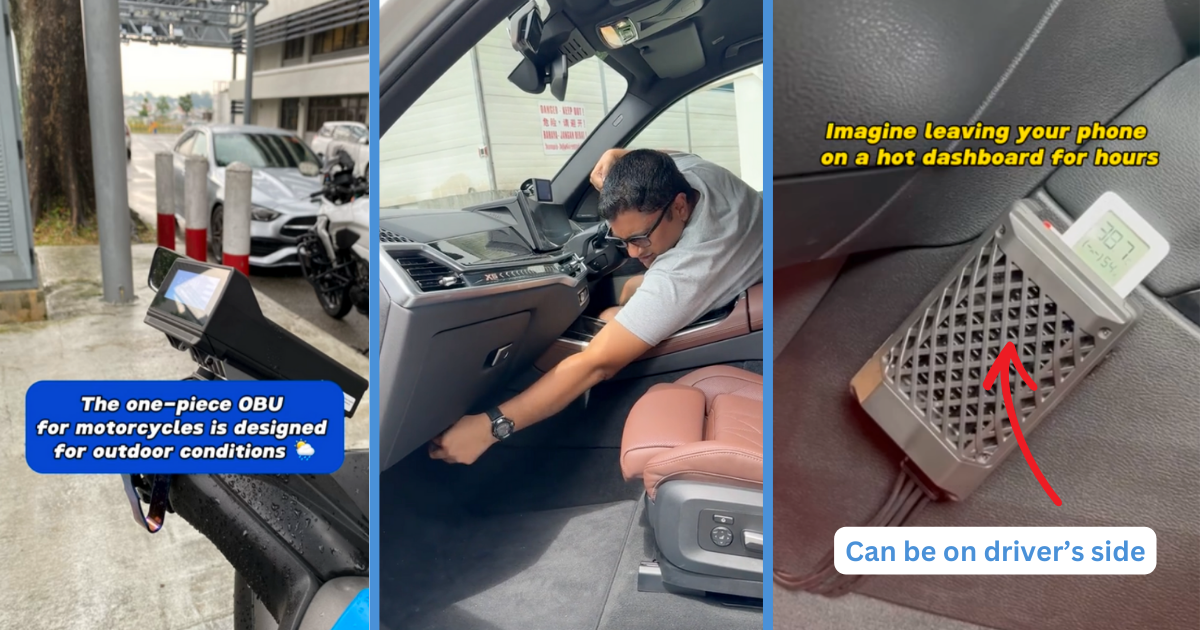Currently, the usage of drones in Singapore have mostly been for personal enjoyment.
Commercial usage of drones in Singapore up till today has been limited to delivery services, but soon that won’t be the case.
Smart nation, here we come!
Drones to be Deployed by PUB
On Thursday (27 May), the national water agency Public Utilities Board (PUB) announced in a press release its plans to use drones as part of its operations.
Starting from the end of this month, drones will be deployed at six reservoirs to monitor water quality and activities such as illegal fishing.
Their announcement comes after their collaboration with ST engineering ended in several successful trials at the reservoirs last year.
The six reservoirs are MacRitchie Reservoir, Marina Reservoir, Serangoon Reservoir, Kranji Reservoir, Lower Seletar Reservoir and Lower Peirce Reservoir.
The drones will first be deployed at MacRitchie and Marina reservoirs, before being progressively rolled out in the rest of the reservoirs later in the year.
According to PUB, each reservoir will have one drone.
The drones, which uses ST engineering’s operating system DroNET, will be housed in an automated pod at MacRitchie and Marina reservoirs. Capable of taking off and landing autonomously, the drones will embark on pre-programmed flight paths within the reservoir. Throughout the process, they will be monitored remotely by an operator.
Functions of the Drones
In its press release, PUB mentioned that the drones are capable of surveying large areas of the reservoir and collect comprehensive data.
The drones are equipped with remote sensing systems and a camera that can provide close to real-time video analytics. This enables PUB officers to monitor the statistical data and live video feed from an online dashboard.
The drones have also been specially programmed to observe water quality, and are able to analyse the water for turbidity and algae concentration.
On top of this, the drones can also identify aquatic plants in the reservoir. Officers will be alerted to anything unusual, such as plant overgrowth.
As mentioned, drones are also capable of detecting activities such as illegal fishing or overcrowding of vessels in the area. If these activities are detected, near real-time alerts will be sent to a dedicated Telegram channel that officers can access via their mobile phones.
Now that’s certainly making the best out of the technology we have—I’m afraid to say that I only have food discount Telegram channels on my phone.
Higher Efficiency for PUB Officers
Currently, the tasks that would be taken on by the drones are mostly conducted by PUB officers during daily patrols. In total, these patrols amount to 7,200 hours annually.
With these drones in deployment, officers would reportedly be able to prioritise urgent cases that pose a potential danger to the public and respond in a timely manner.
According to CNA, the employment of drones would help to reduce patrol hours by about 70%. PUB has revealed that it expects savings of about 5,000 man-hours.
Director of PUB’s catchment and waterways department, Yeo Keng Soon, said “With the drones, we can channel manpower to more critical works such as the inspection and maintenance of reservoir gates, as well as pump and valve operations”.
He added, “The drones also act as an early warning system that enhances our response time to the myriad of issues that our officers grapple with on a daily basis.”
Featured Image: Dmitry Kalinovsky/ Shutterstock.com





